Code of Conduct & Valuation Process
We are delighted to be able to say that wotwine.com and our app (available for iOS or android) is completely free to use.
All our recommendations to our users are reached via consensus by our professional in-house tasting team and are unbiased, objective, and free from outside influence
How do we assess value?
We define “value” as a measure of both quality and price. Our start point is a careful assessment of quality without being influenced by knowing the price at which a wine is being retailed, who has made it , or where it is being sold. We judge wines by taste comparison amongst their peers from different retailers of the same type, origin, appellation or varietal.
After many years working in the industry we know the cost of production, cost of ageing, cost of packaging, shipping, marketing, duty and tax, retail margin levels, and the premium that famous vineyards can command. Armed with this level of knowledge, we then look at what is available to the consumer and at what price. As well as tasting comparatively wines from the biggest supermarket chains, we add in some “benchmarks” from the same wine type and vintage from the Wine Society (which we feel offers very good value by and large) and from some specialist retailers and wine merchants.
We do this to try and be as fair and objective as possible, but as over 80% of the retail volume of wine is bought from supermarkets, our app is designed to help these consumers. After all, the immense buying power of a supermarket should generate some excellent value.
Value for money is what we believe the consumer really needs help with. One of the most frequent scenarios is, for example, when a wine is normally on the shelf for £10.99. Is that reasonable value? When it is promoted to £4.99 is that really fantastic value? Or is the wine only really worth £4.00 anyway?
The supermarket wines we are valuing generally cost between £3.00 and £30.00. We would accept that trying to put a value on famous collectible wines the way we do would not take into account such important influences as market forces, the ability for a wine to age and develop, or scarcity. But we are, after all, evaluating the mass-market end of the business. Shelf price by no means always reflects quality and value and we often find very well made honest and simple wines at £4.00 and poorly made over-cropped wines at £10.00. We even find disappointing famous name wines at £30.00.
Our tasting method
We believe our tasting method and process is as sound, fair and rigorous as any other. We try to be balanced helpful and not sensationalist in the way we evaluate wines. Below we explain how it works:
Because we are not so arrogant as to believe that we always get it 100% spot on, we encourage users and producers to advise us if they feel we have been unfair and should re-evaluate a wine. This happens occasionally but is rarely taken up by producers. Faults, sometimes marginal, are taken into account and balanced against the positive aspects of a wine. Inevitably we find some faulty wine at every tasting, the most common issues being:
